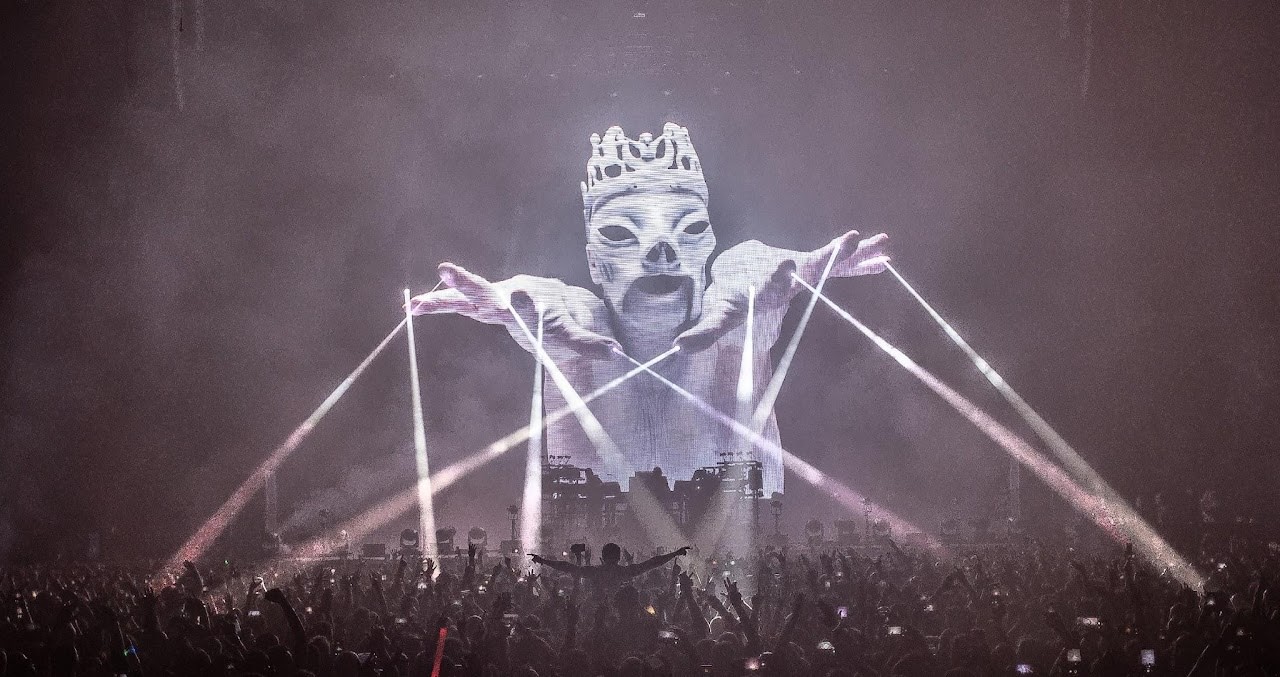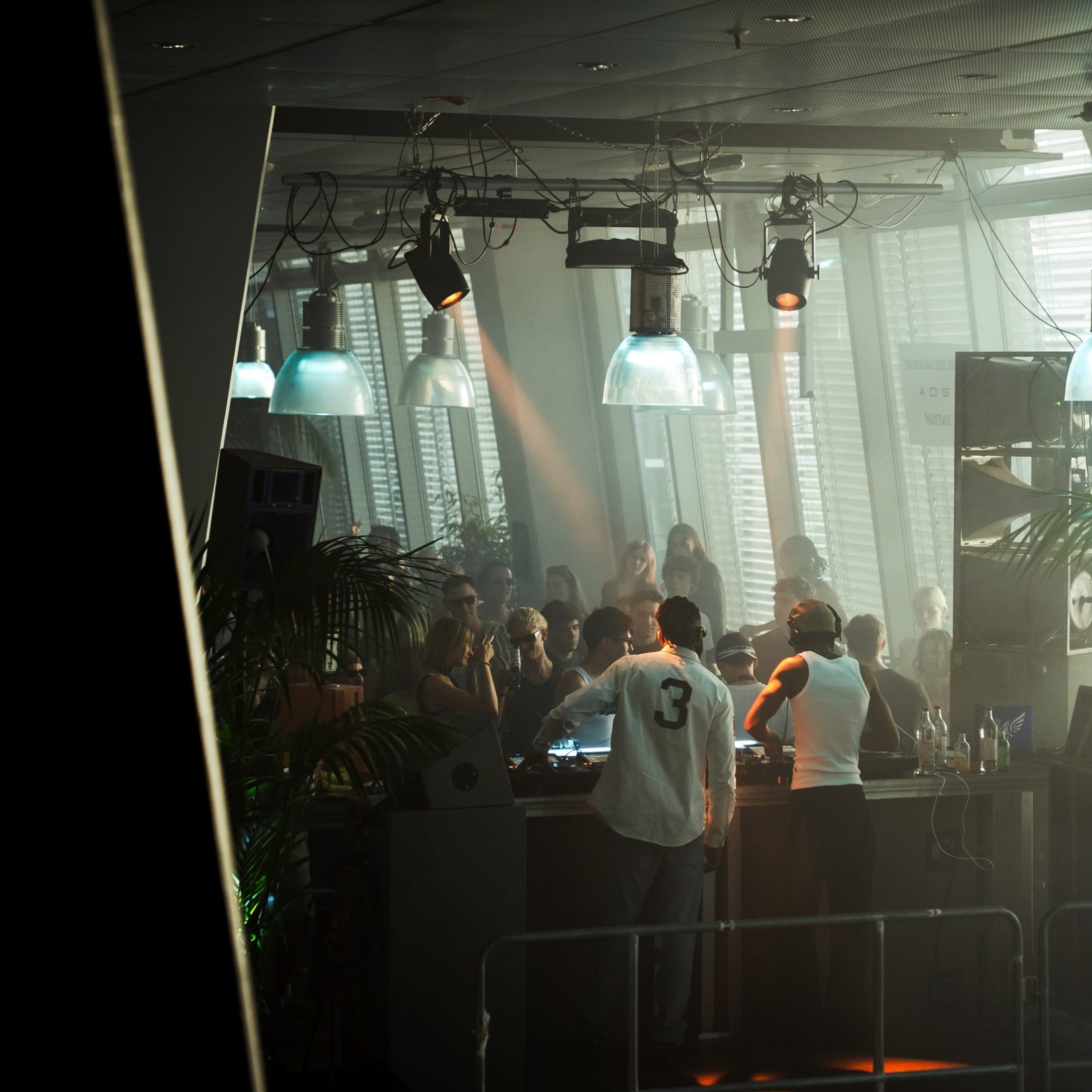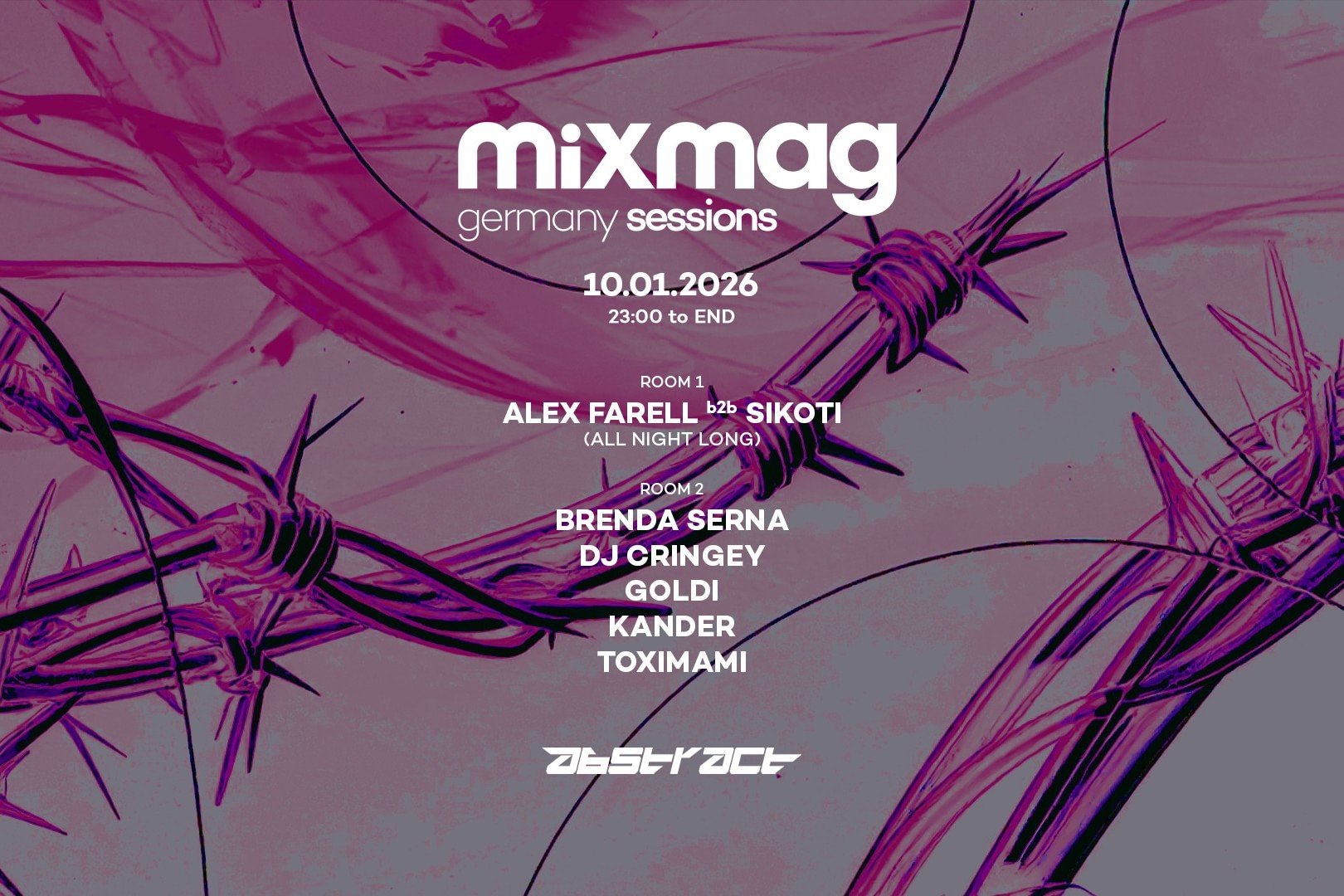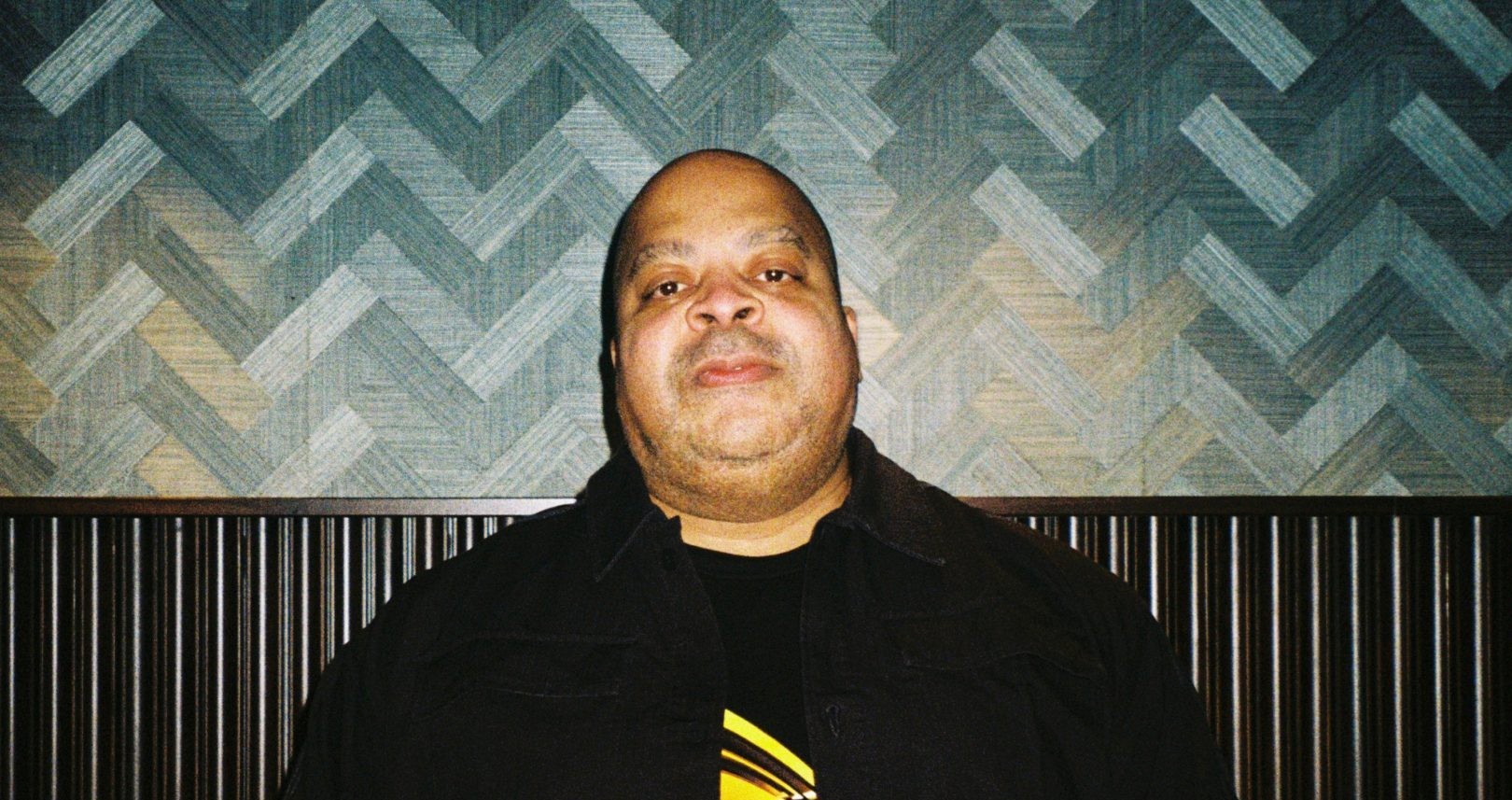Events in Berlin
Events
in Berlin
Popular
Upcoming events
Wed, 31 Dec

CLOSE FRIENDS NEW YEARS 2026
AYOKA Event Space
DEKKAPA · Lukinu · Le Rvider +7
Afrobeats
Amapiano
R&B

MAAYA NEW YEARS EVE PARTY 2025
MAAYA Berlin
Mista Wallizz · Dj Nomi · Ukai Ndame +1
Afrobeats
Afro House
Hip-hop

The Door New Years‘s Eve
The Door Club
House
Afro House
Tech house

MAAYA NEW YEAR’S EVE PARTY 2025 €40 (No food included)
MAAYA Berlin
Ukai Ndame · Dj Nomi · Yunbinos +3
Afrobeats
Afro House
R&B

MAAYA NEW YEAR’S EVE PARTY 2025 | €50 (Non-alcoholic drinks included, soft drinks only)
MAAYA Berlin
Fri, 23 Jan
Wed, 1 Apr
Headliners playing in Berlin
View allVenues in Berlin
View allLess is boring Less is boring Less is boring Less is boring Less is boring Less is boring Less is boring Less is boring Less is boring Less is boring Less is boring Less is boring Less is boring Less is boring Less is boring Less is boring Less is boring Less is boring Less is boring Less is boring Less is boring Less is boring Less is boring Less is boring Less is boring Less is boring Less is boring Less is boring Less is boring Less is boring Less is boring Less is boring Less is boring Less is boring Less is boring Less is boring Less is boring Less is boring Less is boring Less is boring Less is boring Less is boring Less is boring Less is boring Less is boring Less is boring Less is boring Less is boring Less is boring Less is boring Less is boring Less is boring Less is boring Less is boring Less is boring Less is boring Less is boring Less is boring Less is boring Less is boring Less is boring Less is boring Less is boring Less is boring Less is boring Less is boring Less is boring Less is boring Less is boring Less is boring Less is boring Less is boring Less is boring Less is boring Less is boring Less is boring Less is boring Less is boring Less is boring Less is boring Less is boring Less is boring Less is boring Less is boring Less is boring Less is boring Less is boring Less is boring Less is boring Less is boring Less is boring Less is boring Less is boring Less is boring Less is boring Less is boring Less is boring Less is boring Less is boring Less is boringLess is boring Less is boring Less is boring Less is boring Less is boring Less is boring Less is boring Less is boring Less is boring Less is boring Less is boring Less is boring Less is boring Less is boring Less is boring Less is boring Less is boring Less is boring Less is boring Less is boring Less is boring Less is boring Less is boring Less is boring Less is boring Less is boring Less is boring Less is boring Less is boring Less is boring Less is boring Less is boring Less is boring Less is boring Less is boring Less is boring Less is boring Less is boring Less is boring Less is boring Less is boring Less is boring Less is boring Less is boring Less is boring Less is boring Less is boring Less is boring Less is boring Less is boring Less is boring Less is boring Less is boring Less is boring Less is boring Less is boring Less is boring Less is boring Less is boring Less is boring Less is boring Less is boring Less is boring Less is boring Less is boring Less is boring Less is boring Less is boring Less is boring Less is boring Less is boring Less is boring Less is boring Less is boring Less is boring Less is boring Less is boring Less is boring Less is boring Less is boring Less is boring Less is boring Less is boring Less is boring Less is boring Less is boring Less is boring Less is boring Less is boring Less is boring Less is boring Less is boring Less is boring Less is boring Less is boring Less is boring Less is boring Less is boring Less is boring Less is boring
Tune in to the latest and hottest news from Berlin

Wed, 3 Dec 2025 · Neshy Denton
Are visuals expanding electronic music… or just selling it out?
music
artists

Fri, 28 Nov 2025 · Victor Scheuermann
Top clubs in Frankfurt in 2025 (… and why you should visit them all)
clubbing
germany
top germany

Fri, 28 Nov 2025 · Victor Scheuermann
Interview with AOS: Hamburg’s new school of club culture
festivals
germany
How to go out in Berlin
Berlin's nightlife is world-renowned, with something for everyone, from underground techno clubs to chic cocktail bars and live music venues. The city truly comes to life at night, and it's not uncommon to see people out until the early hours of the morning. The typical time for people to start going out is around 10 pm, but many clubs and bars are open well into the next day.
Some of the best nightclubs in Berlin include KitKat Berlin, known for its fetish parties and avant-garde dress code, Berghain Berlin, a legendary techno club with a notoriously selective door policy, About Blank Berlin, a popular techno club in an industrial building with a large outdoor space, and Watergate, a chic club with a rooftop terrace and views of the River Spree.
But Berlin's nightlife is not just limited to clubs; the city also has a great selection of bars and live music venues, including the famous Clärchens Ballhaus and the jazz club A-Trane.
Berlin is a city of neighborhoods, each with its unique character and nightlife scene. Here are some of the coolest neighborhoods to check out:
Kreuzberg: Located in the heart of Berlin, Kreuzberg is known for its alternative and edgy vibe. The neighborhood has a great selection of bars, clubs, and live music venues, including the famous SO36 and Lido clubs. Kreuzberg is also home to a variety of street food markets and independent shops, making it a great place to explore during the day as well.
Neukölln: This former working-class neighborhood has become increasingly popular in recent years, attracting artists, students, and young professionals. Neukölln has a thriving bar scene and a variety of restaurants and cafes, including the famous street food market at Markthalle Neun. The area around Weserstraße and Flughafenstraße is particularly popular for its nightlife, with a mix of dive bars, cocktail bars, and clubs.
Friedrichshain: Located east of Kreuzberg, Friedrichshain is home to some of Berlin's most famous clubs, such as Berghain and Watergate, as well as a selection of more laid-back bars and cafes. The neighborhood is popular with young locals and tourists alike, with a mix of trendy and affordable bars and restaurants. During the day, you can also explore the famous East Side Gallery, a mile-long section of the Berlin Wall covered in murals and street art.
Mitte: As Berlin's central neighborhood, Mitte is a great place to go for a more upscale night out. It has a variety of chic bars, restaurants, and clubs, including the famous celebrity hotspot Soho House Berlin. The neighborhood is also home to many of Berlin's top attractions, such as the Brandenburg Gate, the Berlin Cathedral, and Museum Island.
Overall, no matter which neighborhood you choose, Berlin's nightlife scene is sure to impress. With a variety of options for all tastes and interests, there's never a dull moment in the city that never sleeps.
Compared to other major European cities, Berlin's nightlife can be relatively affordable. Drinks in bars and clubs are reasonably priced, with beer typically costing between €3-€5 and cocktails ranging from €7-€12.
However, club entrance fees can be quite high, with some of the most famous clubs charging upwards of €20-€30. It's worth noting that many clubs in Berlin have a more casual dress code, which can help keep costs down if you don't need to buy new club attire.
Some of the parties that run over multiple days (eg: Berghain, Sisyphos, RSO) allow re-entry, usually for a small fee (eg: €5) so the high cost can allow you multiple nights of parting (say you go out saturday night, leave in the morning, sleep, eat, etc then come back Sunday evening.
Berlin's dress code is generally casual and relaxed, with most clubs and bars allowing patrons to wear whatever they feel comfortable in. However, it's worth noting that some of the city's most famous clubs, such as Berghain and KitKat, have a notoriously strict door policy, which often extends to dress code as well. The door staff at these clubs are known for being notoriously picky, and even minor dress code violations can result in being turned away at the door. At Berghain, for example, club-goers are expected to dress in a way that reflects the club's minimalist and edgy aesthetic. This typically means wearing all black, with no logos or bright colors. The club's door staff also pay close attention to footwear, with trainers and sneakers often being banned. Similarly, KitKat's dress code is known for being avant-garde and fetish-inspired, with club-goers often donning leather, latex, or other unconventional materials. Many clubs (especially those with more fetish/kinky style) have a changing area and wardrobe inside, so you don't need to freeze in an outfit outside - you can change inside. Although KitKat has a double door policy (second bouncer after the changing area) to make sure your final outfit fits the vibe of the party.
While this may sound intimidating to some, it's worth remembering that the strict dress code is part of what makes these clubs so iconic. It also helps to create a certain atmosphere inside the club, and many club-goers enjoy dressing up and expressing themselves through their clothing. Berlin cultivates respectful, judgement-free, no camera, privacy-first approach to clubbing. Feel free to be yourself, and don't judge others or make them uncomfortable for doing the same.
However, for those who prefer a more casual dress code, there are plenty of other clubs and bars in Berlin that are more relaxed and easy-going.

















































